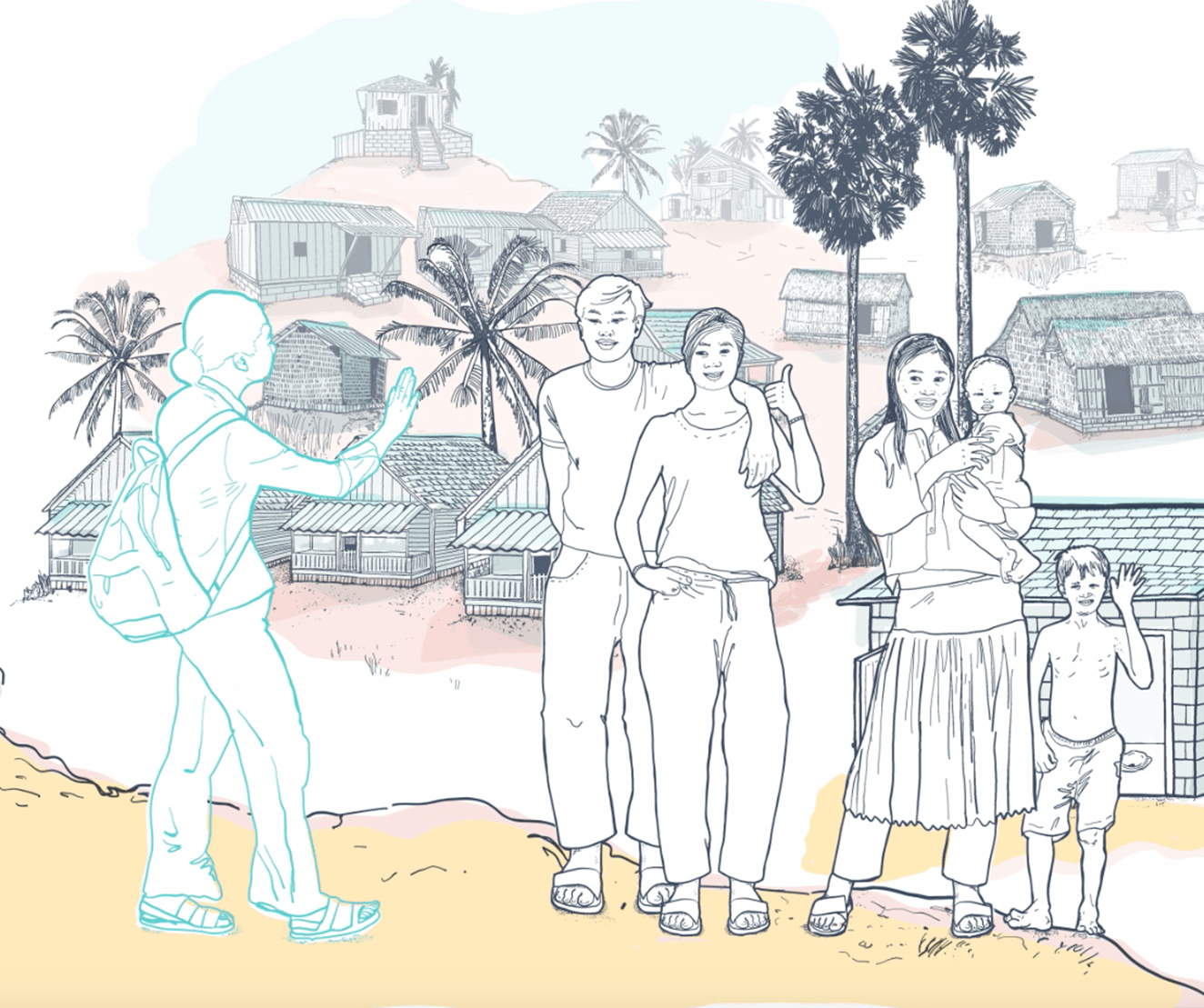At the end of February 2025, the USAID WASH Partnerships and Learning for Sustainability (WASHPaLS) #2 project was terminated for the convenience of the US government, a little over three years into what was planned to be a five-year activity. While cut short, WASHPaLS #2 had started harvesting evidence and (preliminary) findings that, combined with the conclusions of the first WASHPaLS project (2016 to 2022), made valuable contributions to sector learning in the space of rural sanitation and hygiene service delivery. In this SLH Learning Brief, we reflect on some of the key themes and findings of WASHPaLS and WASHPaLS #2 around area-wide, safely managed, market-based sanitation, and where to possibly go from here. Nine key findings are discussed, with future priorities for area-wide sanitation (AWS) proposed.
- Monitoring and adaptive management are key cornerstones for AWS but countries lack systems, tools, and practices.
- Government-led consideration of gender equality and social inclusion is key to ensure and sustain AWS outcomes.
- Workforce development is key, but severely neglected.
- MBS in an AWS context should more proactively address population segments not easily reached by the market.
- The proportion of customers requiring some form of financial assistance is extensive.
- Enterprise-led customer financing for rural sanitation is restricted by general rural financing limitations.
- Smart sanitation subsidy design can increase the number of people able and willing to take up sanitation.
- Subsidy and market adjustments need to be supported by a tailored mix of interventions, including strengthened community engagement.
- Rural faecal sludge management business models require public funding to be viable, but diversification of service options may help improve access to SMS.







